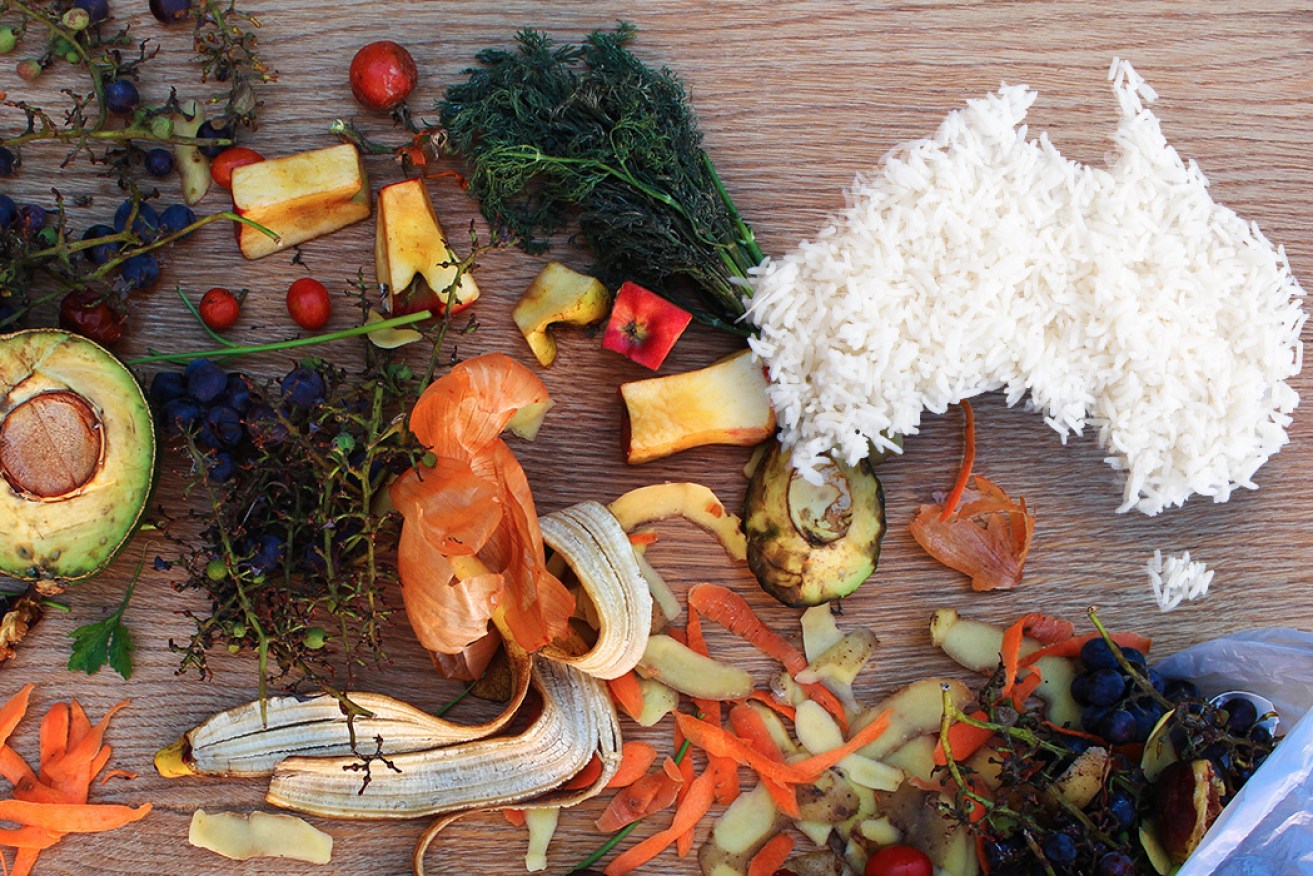Australian food waste ticked up in 2019 for the first time in years


Australians are throwing away more food despite wanting to cut back on waste. Photo: The New Daily
More than one-10th of the food bought by Australians winds up in the trash, costing the average household more than $1000 a year.
In 2019 alone the country threw away $10.1 billion worth of food, according to the latest Rabobank Food Waste Report, making Australia the fourth-worst food waster in the world.
Only the United States, Belgium and Canada waste more food on a per capita basis.
It’s a “disappointing” result according to Glenn Wealands, Rabobank Australia’s head of client experience.
Speaking to The New Daily, Mr Wealands said the latest figures mark the first time food wastage has increased in several years, and comes despite increasing numbers of Australians wanting to reduce their food waste.

Source: Rabobank Food Waste Report 2019
“It’s one of the elements that’s still a bit of a disconnect among the Australian population,” he said.
“The vast majority of consumers get annoyed at wasting food. They get frustrated. They get annoyed when other people waste food, so there’s this sense of knowing we should be doing all we can.”
But many Australians don’t understand the full scope of the food waste problem, Mr Wealands said.
While most consumers are aware of the impact waste has on their hip pocket, many forget about the impact that producing, packaging, shipping and disposing of uneaten food has.
“The fundamentals of our population, which the statistics absolutely prove, show that Australians want to do the right thing regarding food waste,” Mr Wealands said.
“It’s just that we need all of us to come together and focus on the things that will make a difference – particularly for our younger generations.
“They’re only 25 per cent of the population but 100 per cent of our future. We need to arm them with the tools and support they need to do the best they can.”

Source: Rabobank Food Wastage Report 2019
Plenty of ways to reduce waste
Australia produces enough food to feed more than 60 million people, but five million Australians went hungry in the 12 months to August this year alone.
Ronni Kahn, chief executive of food rescue charity OzHarvest, said the numbers “are not the kind of statistics we’d like people to think about”, and changes must be made.
“We have to take action now,” she said.
And even though two-thirds of food waste occurs at the production, transport and retail stages, reducing household waste will still have a massive effect.
The best way to do this, Ms Kahn said, is to develop “good habits at home” – checking what food is already in the cupboard, planning meals ahead of time, storing food properly to prevent spoilage, and only buying the food you need.
“If everyone went shopping with a shopping list, we would save money and stop wasting food,” she said.
Jury out on government target
Australia’s national food waste strategy, launched in 2017, set a target to halve food waste by 2030.
It’s an ambitious target, and one that separate research from the Fight Food Waste Cooperative Research Centre suggests Australia (FFWCRC) may not achieve.
FFWCRC’s Food Waste: National Benchmarking Study Summary Report found Australians are wasting about seven to eight litres of food each week, but only think they throw away two or three.
Dr Steven Lapidge, inaugural chief executive of FFWCRC, told The New Daily this is a “significant” problem, but one that can be overcome through education.
“We need to get people to think about food waste, and make food waste behaviour a conscious decision,” he said.
“While it’s unconscious behaviour where we just throw away food without thinking about it, nothing is going to change.”
Dr Lapidge pointed to the successes of Australia’s ‘Slip, Slop, Slap’ and ‘Keep Australia Beautiful’ campaigns, targeting sunscreen use and littering respectively, as example of how this can be done.
“Unless we get a large-scale consumer behaviour change program, we can’t achieve that target,” Dr Lapidge said.
“If that does get funded, and we get reductions right across the supply chain from primary producers then yes, that goal is achievable.
“That’s where you get the biggest bang for your buck.”








